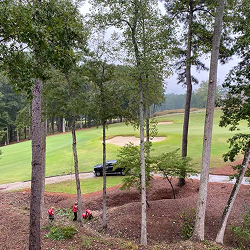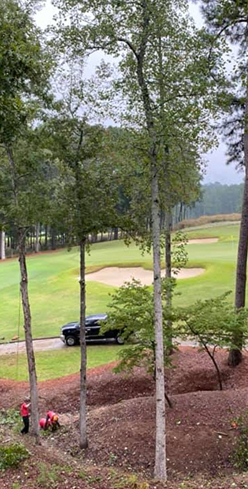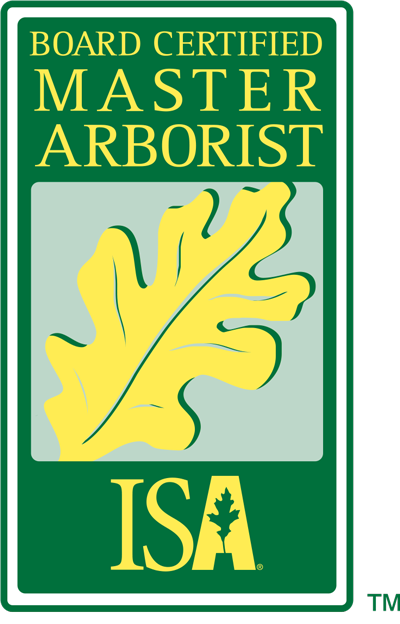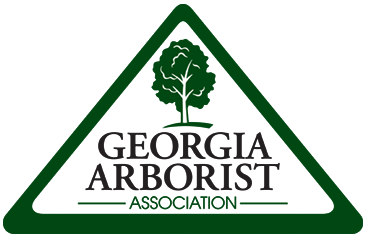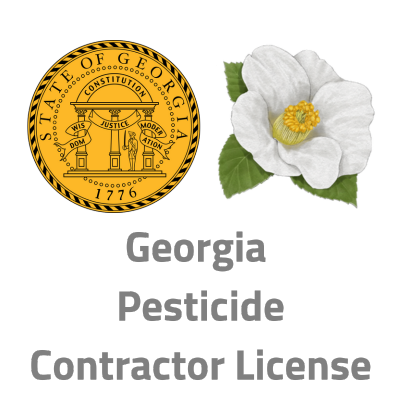Laura (my wife) and I just got back from our honeymoon, a whirlwind trip through Italy and Switzerland. While she was capturing photos of landmarks, I was getting sidetracked by the trees. At one point in Lucerne, Switzerland, she looked over at me, staring up at a row of trees along the waterfront. “What’s up with these trees and their paddles?†she asked. And just like that, our romantic getaway turned into a discussion on pollarding, pruning methods and why European trees look different from the ones back home in Richmond.Â
Pollarding vs. Topping
One of the biggest things I noticed (especially in Lucerne), was how common pollarding was. It’s an old-world pruning technique where trees are cut back to the same points year after year, creating thick, knobby growth points. Done right, it keeps trees compact and manageable in urban spaces while encouraging fresh growth.
That’s very different from topping, which is unfortunately far more common back in the U.S.. Topping is when someone chops off the top of a tree—usually to control height without any regard for structure or long-term health. It’s one of the worst things you can do—it weakens the tree, invites disease, and leads to weak, fast-growing limbs that are more likely to fail down the road.
As a certified arborist, I’ve actually signed an agreement with the International Society of Arboriculture stating I will not top trees. So seeing cities where pollarding was not only common but done correctly was fascinating. Pollarding is a technique that takes commitment—you can’t just do it once and walk away—but when it’s maintained properly, it creates strong, structured trees instead of butchered ones.
Trees as Part of the Scenery
Another interesting pruning method I noticed was how trees weren’t just shaped for maintenance but also to complement the landscape. In Italy, the pruned trees seemed intentionally shaped to frame monuments, allowing clear sight-lines to historic architecture and monuments rather than blocking them. It felt like the trees were just as much a part of each city’s aesthetic as the architecture itself. It made me wonder why we don’t take this approach more often back home. Too often in the U.S., trees are treated as obstacles to be cut back for clearance or removed when they get in the way. But in these European cities, trees were woven into the urban design rather than being an afterthought.
Bringing It Back Home
Another interesting pruning method I noticed was how trees weren’t just shaped for maintenance but also to complement the landscape. In Italy, the pruned trees seemed intentionally shaped to frame monuments, allowing clear sight-lines to historic architecture and monuments rather than blocking them. It felt like the trees were just as much a part of each city’s aesthetic as the architecture itself. It made me wonder why we don’t take this approach more often back home. Too often in the U.S., trees are treated as obstacles to be cut back for clearance or removed when they get in the way. But in these European cities, trees were woven into the urban design rather than being an afterthought.

